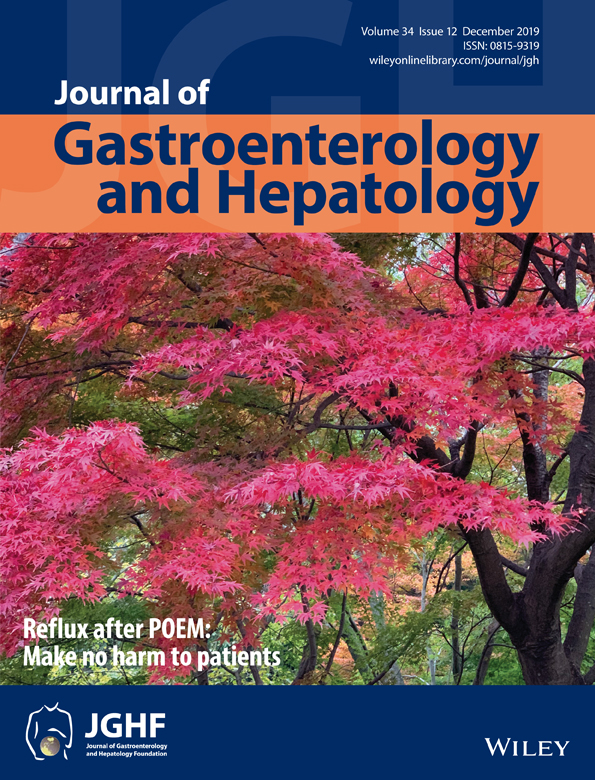Endoscopic closure of large colonic perforations with a novel endoscopic clip device: An animal study (with videos)
Abstract
Background and Aim
An endoscopic clip device was newly designed to accomplish the closure of large gastrointestinal defects. The aim of this study was to determine the feasibility and efficacy of this device in an ex vivo experimental setting.
Methods
This prospective study was conducted in porcine colons (n = 5). A large (3–4 cm) linear full-thickness incision was created using a scalpel externally. The device was used for endoscopic closure. The procedure time, number of clips, and success rate of closure were determined.
Results
Ten defects were created in five porcine colons (two incisions in each specimen). Successful closure was achieved in all defects. The mean procedure time was 24.30 ± 4.42 min, the mean leak pressure is 28.30 ± 9.49 mmHg, and the mean number of additional conventional hemostatic clips used was 5.10 ± 0.99.
Conclusions
The results indicated that this clip achieved the convenient and reliable closure of large defects in the colon wall in an ex vivo porcine model and seems to be a promising option for closing large gastrointestinal perforations.




